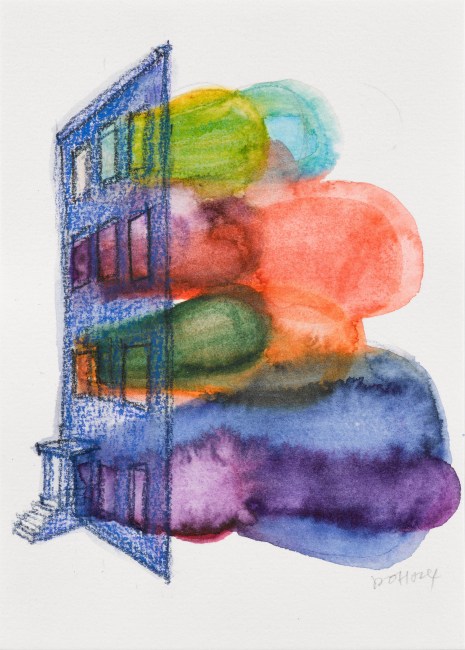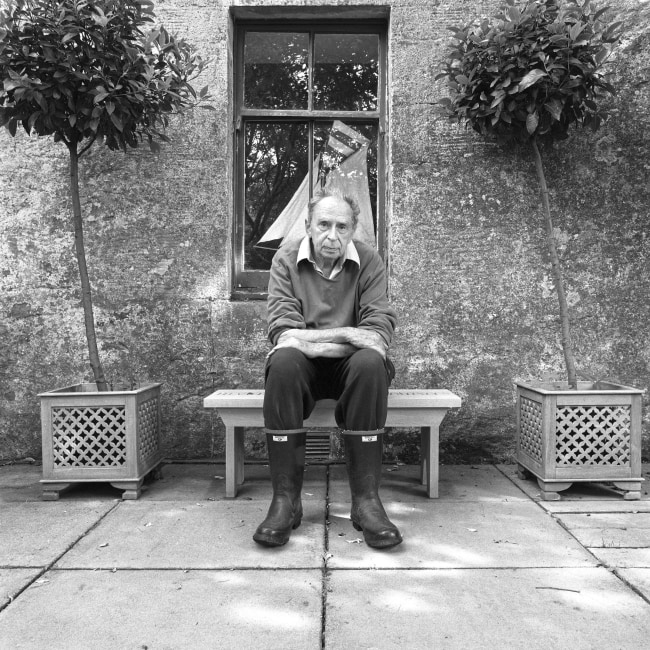Victoria Miro is delighted to present a new body of work by Adriana Varejão in her third solo presentation at the gallery and her first show in London since 2004. One of the most original voices in contemporary Brazilian art, Adriana Varejão's diverse practice comprises painting, sculpture and installation. Her sources are many, amongst others - baroque art, history, architectural ruins, natural sciences and theatre. Blurring the boundaries between painting and sculpture, Varejão's work charts a unique development of ideas and common thread of research.
As in her iconic series Azulejões, where the artist amplifies the scale of the blue and white Portuguese tile, these new three-dimensional oil paintings have grown from her fascination to develop a technique that would allow her to reconstruct 19th century Pallisy ware from the celebrated Portuguese factory of Caldas da Rainha, run by Rafael Bordalo Pinheiro (1846 - 1905) one of the most relevant Portuguese artists and Palissy follower.
In this new body of work Varejão again plays with scale and expands the original plates to 1.5 meters reframing themes and colours and adding new layers of reference to the three-dimensional still life imagery present in Bordalo's original ceramics.
Opening up the space of creation and re-creation, Varejão brings together the past and present through collective memories of social and art history but also through memories of personal and everyday life.
Upholding the visual poetics and conceptual impulses of her earlier series these works bring together many cultural references amongst them; Japanese Ama divers, Ethiopian natives from the Ono Valley, childhood reminiscences of the soft frail architecture of sand castles and sensual memories of eating quince fruit - a soul food in Adriana's native Brazil. Prevalent throughout the paintings are crustaceans, crabs and sea creatures - famously characteristic of Pallisy ware - whose sheer abundance, overblown size and voluptuousness embody both the drama and pleasure of the senses and the wasteful lavishness of the baroque, recurrent throughout Varejao's practice.
Varejão seldom works with the original materials she makes reference to and all surfaces are oil-painted. In the Azulejões series, the 17th century Portuguese baroque tile panels gain as support oil and plaster on canvas, rather than the usual ceramic tile. Again, in her current work, the ceramic medium is reinterpreted, this time through polyurethane platters with resin ornamental elements, all oil-painted.


























